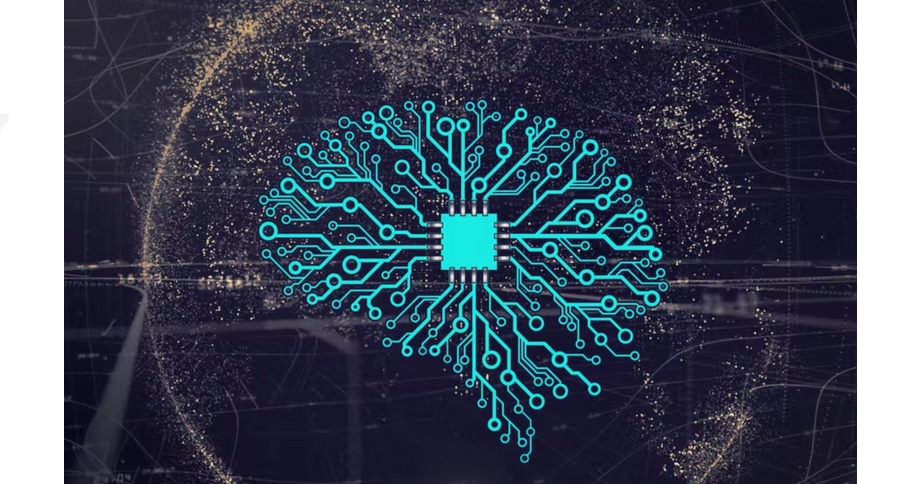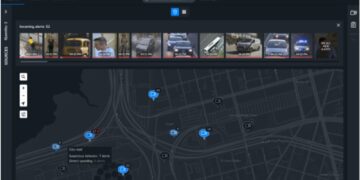A new report based on current AI technology and video surveillance in the UK has been published, revealing findings such as 99% of cameras remain the private sector today. Pauline Norstrom whose company, Anekanta Consulting produced the report, provides further commentary with the kind permission of the BSIA in this exclusive Q&A.
What were the key findings from the report and how do you think they will it impact the market?
The key findings were:
- 21.1 Million professional video surveillance cameras in the UK
- 99% of cameras remain in the private sector
- Public sector video surveillance has increased since 2013 but this area remains chronically underfunded
- Private sector use has grown 300% since 2013
- Over 70% of cameras are used for some form of crime prevention, the remaining cameras for business purposes
- There is an increasing move towards integration of video into operational process with 25% of cameras used for some other purpose than crime prevention
- When combined with AI, video surveillance data is seen as another IoT data source (e.g.Smart Buildings)
- We found that the use of facial recognition software for access control is growing
- 2% of end user deployments use some form of facial recognition
- 53% of users said they would be using AI with their cameras in the future.
- The Critical National Infrastructure sectors told us that they would have the highest level of adoption of AI in the future, public sector the lowest.
- In Industries with a high camera count, there is a strong correlation between a high density of cameras and a high density of people. This correlation is coupled with a combination of factors such as safety risks (manufacturing), external threats (terrorism, violence against staff), prevention of commercial loss (retail) and improvement of commercial gain (retail).
Why was the report commissioned?
The original report (‘The picture is not clear’) was produced by the BSIA in 2013 and the response then from the industry was very positive, in fact, the findings have been referenced in the UK and worldwide until recent times.
The reason for commissioning the new report is due to the significant progression in technology since 2013, and a growing interest in the use of video surveillance camera data for additional purposes.
What has been the reaction to the report?
The reaction has been very positive as it has highlighted current technology adoption and potential future adoption; essential information for any provider of video surveillance and related products and services.
Why is it necessary to be looking in such detail at AI?
AI was not the primary focus of the report, however during the research phase, there were multiple references to it by the respondents, and the associated benefits. The adoption of AI based technology in video surveillance is an area of focus for the BSIA who have been instrumental in leading the development of ethical guidance for the use of facial recognition software evidenced by the publication of the ‘Automated Facial Recognition – A guide to ethical and legal use’ guide in 2021 (this guide is available to download free of charge at www.bsia.co.uk
Further to this, the BSIA now Chairs the BSI committee who are writing a new British Standard “Facial recognition technology – Ethical use and deployment in video surveillance-based systems – Code of practice.”






